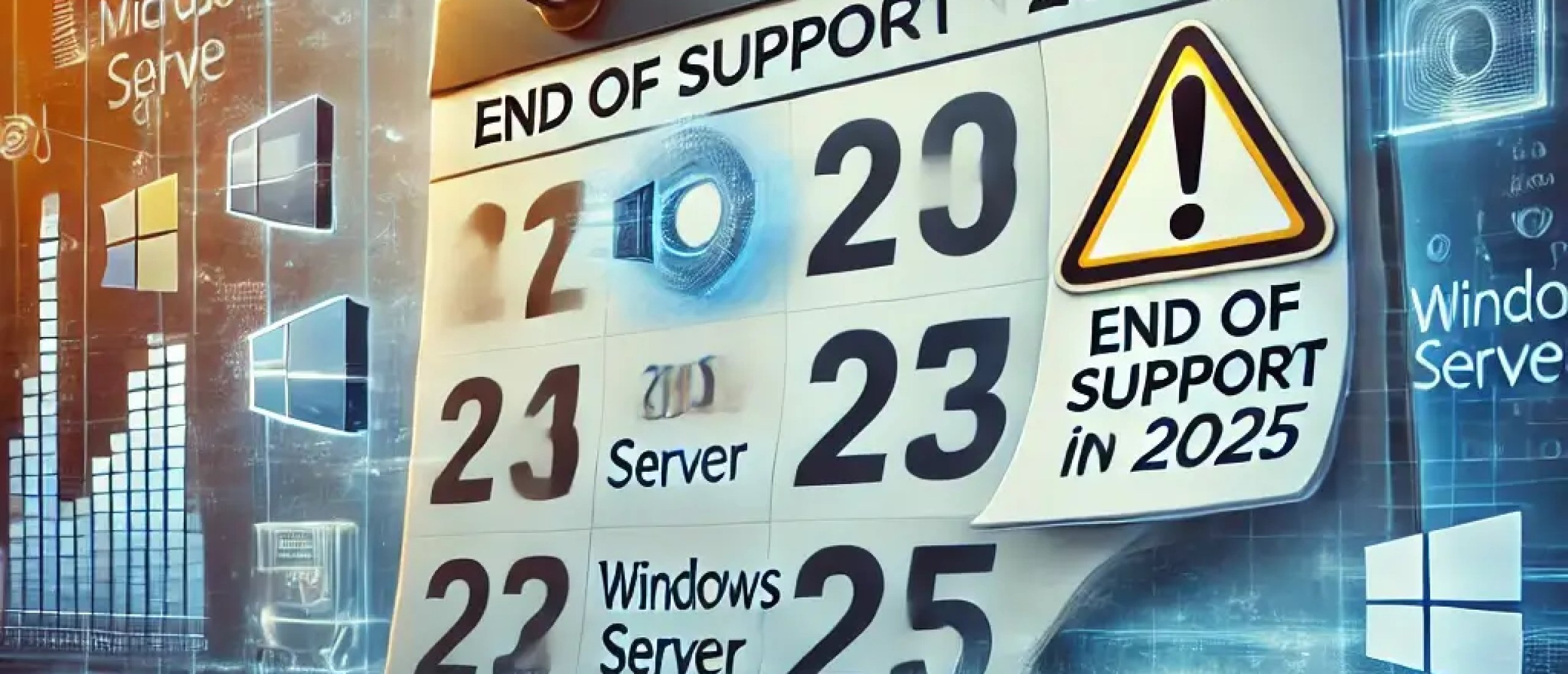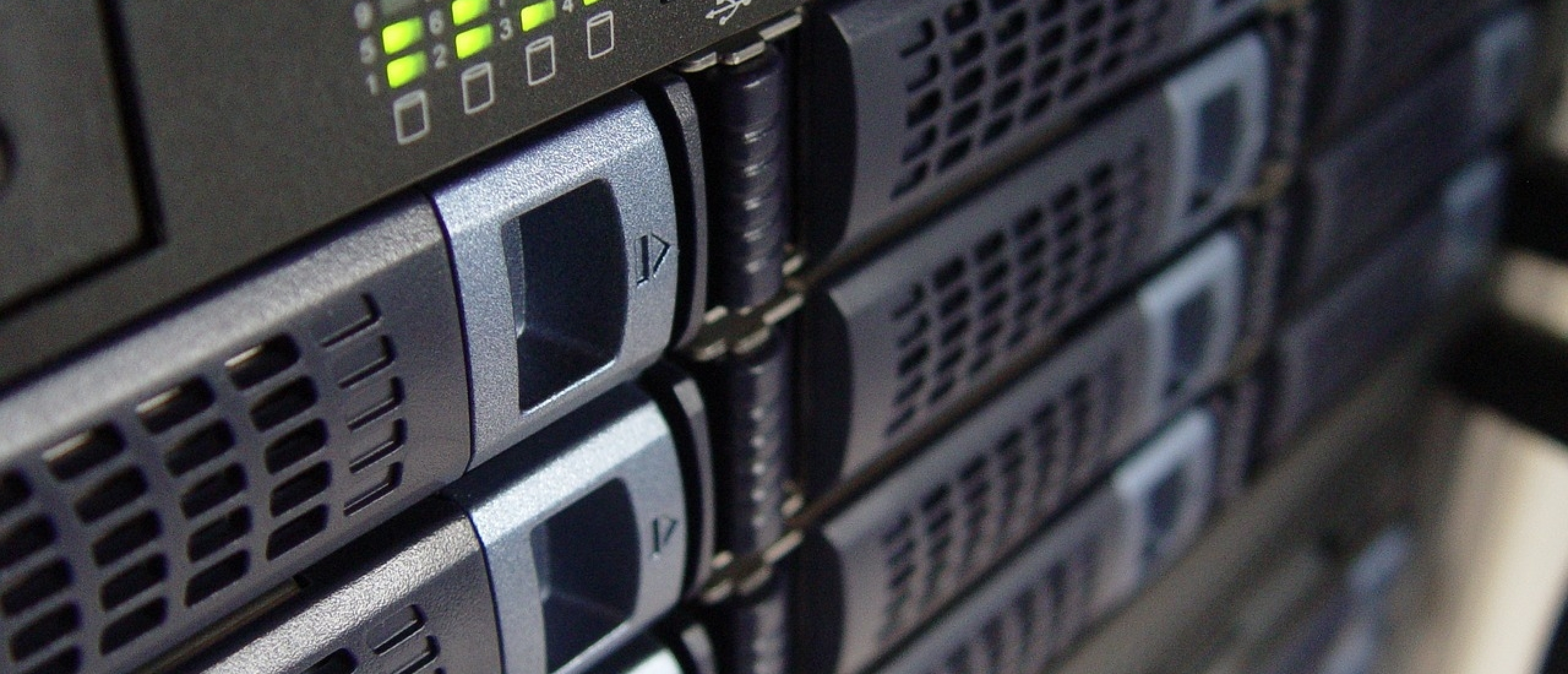
Microsoft has officially released the next generation of its server software: Windows Server 2025. For IT professionals, stability is the most critical factor when choosing a new server version. In this blog, we answer the question: Is Windows Server 2025 stable enough to trust? We analyse the technical improvements, highlight key considerations, and offer practical advice on the deployability of this version in your IT environment.
What’s new in Windows Server 2025?
Windows Server 2025 is a Long-Term Servicing Channel (LTSC) release aimed at enterprise workloads. Compared to Server 2022, this version introduces significant enhancements in core components such as the kernel, virtualization, authentication, and networking stack.
Kernel version 10.0.25398 offers improved performance on multi-core workloads thanks to enhanced thread scheduling and NUMA optimization. NUMA optimization refers to the process by which software and operating systems optimize memory and CPU access on systems with a Non-Uniform Memory Access (NUMA) architecture.
Secured-Core Server 2.0 raises the security standard with protection against firmware attacks and virtual-based security enabled by default. Secured-core server 2.0 is Microsoft’s next-generation security standard for Windows Server, designed to offer advanced protection against firmware attacks, rootkits, and other modern threats. It succeeds the original Secured-core server model introduced in Windows Server 2019 and 2022.
Hyper-V offers stable support for nested virtualization on AMD EPYC processors and introduces improvements in live migration and vTPM integration. vTPM stands for virtual Trusted Platform Module, a virtual version of a physical TPM chip integrated into a virtual machine (VM).
Active Directory Domain Services (AD DS) includes a new functional level where LDAP signing is enabled by default and older encryption methods such as RC4 have been removed.
SMB over QUIC is fully integrated, enabling secure file access over UDP—ideal for edge environments or BYOD scenarios.
What do early experiences say about stability?
Since the commercial release of Windows Server 2025, IT professionals, test labs, and managed service providers have extensively tested the software in various environments. The general consensus is that Windows Server 2025 runs stably in many scenarios and is suitable for production environments—provided it is correctly configured and deployed. However, some administrators on platforms like Reddit have raised concerns.
Positive experiences
Core roles are stable in test environments
Core roles such as Active Directory, DHCP, DNS, and File Services run smoothly in both on-premises and hybrid environments. A user in r/sysadmin confirms:
“Been testing it in my lab enough, no issues so far … if you’re talking about just AD and a few other normal things, it should be fine.”
This quote illustrates that basic infrastructure components function without significant issues in lab environments.
Advice: Stick with 2022 if your environment requires It
Some users recommend continuing to use Windows Server 2022 with downgrade rights, unless your environment is fully ready for 2025:
“Don’t have to actually run 2025 if your environment isn’t ready … install 2022 with downgrade rights.”
Source: Reddit - r/sysadmin
What works reliably?
Active Directory, DNS, DHCP, and file services
These run reliably in simple or test environments, as confirmed by users on Reddit.Storage spaces direct (S2D)
Shows improved failover speed and robust volume redistribution, thanks to refined clustering algorithms and faster health detection via Cluster Shared Volumes (CSV). CSV is a Microsoft technology designed for use in Windows Server Failover Clustering. It allows multiple nodes in a cluster to simultaneously access the same NTFS or ReFS volume—crucial for applications like Hyper-V and Storage Spaces Direct (S2D). Active experimentation is taking place in test labs.
See: Microsoft Learn – Storage Spaces Direct and Reddit - r/homelabHyper-V and nested virtualization
Runs efficiently with low overhead. Nested virtualization on AMD EPYC and Intel Xeon performs stably—even in scenarios involving vTPM and shielded VMs.
See: r/HyperV and r/sysadminPowerShell 7.4
Supports automation with backward compatibility for 5.1 scripts. The integration of PSReadLine further enhances scripting productivity.
Where do the risks lie?
Although overall stability is positive, some users report persistent issues:
Incorrect network profile on domain controllers
“I have two pairs of domain controllers I’ve just migrated from 2022 to 2025 and they identify the network incorrectly as Public.”
Source: Reddit – r/sysadmin
Domain controller functionality issues
“Server 2025 is hot, bug-infested garbage … causes all the networks to be detected as ‘Public’ and activates firewall rules that effectively break the ability to act as a domain controller.”
Source: Reddit – r/sysadmin
Update problems via WSUS and Windows Update
“... CU for Windows Server 2025 will install as scheduled and then show a status of ‘pending restart’. The remaining updates ... never actually begin installing.”
Sources: Reddit – r/sysadmin and Microsoft Learn
These reports suggest caution when deploying Windows Server 2025 in mission-critical production environments. IT administrators recommend continuing to use Windows Server 2022 for essential roles or opting for a phased hybrid rollout.
Performance and reliability
Besides stability, the performance of Windows Server 2025 has also been positively reviewed. Benchmarks indicate improvements in I/O throughput and network performance compared to Server 2022. Especially when using RDMA, SMB Direct, and NIC teaming, lower latencies and higher bandwidth are achieved. In configurations with Mellanox adapters and support for DCB (Data Center Bridging), performance is fully optimized.
DCB is a networking standard designed to make Ethernet suitable for demanding datacenter traffic such as storage, virtualization, and cluster communication.
Integration with Windows Admin Center is generally stable, provided the latest versions and a trusted certificate model are used. Combined with Azure Arc, it also delivers a consistent management experience for hybrid workloads.
Source: Microsoft Docs – Windows Server 2025 Performance and Networking Improvements
Key considerations for IT professionals
Although Windows Server 2025 is stable and performant, several technical aspects are important to consider during production deployment:
NIC drivers: Not all older network adapters—such as Intel PRO/1000 and i350 series—perform well under heavy loads. Using WHQL-certified drivers for 2025 is recommended to prevent instability.
Monitoring: Tools using SNMPv2 may return incomplete data or experience timeouts. Transitioning to SNMPv3 or WMI is recommended for modern monitoring platforms like PRTG or Zabbix.
Upgrade path: In-place upgrades from Windows Server 2012 R2 or earlier are not supported. Migration requires a clean installation and potential reconfiguration of GPOs and scripts.
Certificates: Self-signed certificates in Windows Admin Center management can cause connection issues. Use CA-signed certificates for more stable connections and better compatibility, including with Azure integrations.
Microsoft provides frequent updates and documentation to address these points. For experienced system administrators, these limitations are manageable.
Conclusion
Windows Server 2025 is ready for controlled deployment in production environments. Performance is demonstrably improved, security is enhanced—particularly through Secured-Core Server 2.0—and core functionality works as expected. Role-based installations, hybrid integrations, and automation via PowerShell or Desired State Configuration (DSC) operate reliably.
The Standard and Datacenter editions are commercially available, including as pre-owned licenses from Softtrader. This enables cost-effective adoption of the latest features without compromising on functionality or compliance.
We recommend a phased rollout: start with less critical workloads, closely monitor performance, update behavior, and logging, and thoroughly test scripts, GPOs, and applications in a dedicated test environment.
Why should you upgrade?
Windows Server 2025 is designed for modern IT infrastructures:
Support for hybrid cloud and edge computing
Enhanced identity management through Azure Arc integration
Expanded security against firmware exploits
Improved scalability in virtualization with Hyper-V and Storage Spaces Direct
By migrating now, you immediately benefit from these advantages and avoid investing in outdated technology.
Softtrader supports your migration to Windows Server 2025
Softtrader offers Windows Server 2025 as pre-owned licenses. These licenses are fully legal, cost-efficient, and compatible with all functionalities. Whether you work with physical servers, Hyper-V, or a hybrid environment, we assist you in choosing the right license variant—Standard or Datacenter. We also support compliance topics and help optimize your IT budget using pre-owned models.
Softtrader is here to support your purchase of pre-owned Windows Server 2025 licenses.
Request a quote or contact us for personalised advice—and let’s build a stable and future-ready server environment together.












